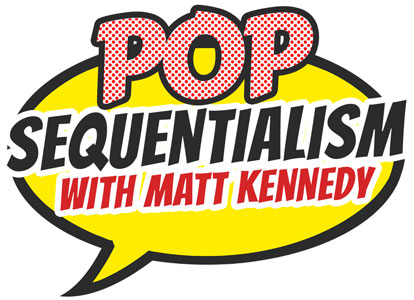FILTH promotional art by Chris Weston
$1,600.00
THE FILTH
#3 pg 22. Pre-publication Splash page used as Promotional Art
by Chris Weston
Written by Grant Morrison
Greg Feely buries his cat, Tony
Signed by artist and writer
Click DESCRIPTION for more details
1 in stock
Description
Grant Morrison wrote the best selling graphic novel of all time (Arkham Asylum), helped establish the Vertigo imprint for DC with Animal Man, Doom Patrol and The Invisibles, wrote the ultimate Superman tale, then killed Batman. The Filth is his favorite of his own works…
The Filth started life as a Nick Fury pitch at Marvel, and it doesn’t take much more than the first or second page to see why that idea never saw print. Central character Greg Feely is a schlub. His principle interests are his cat and masturbation until he is awakened from his deep-cover identity and revealed to be Ned Slade, secret agent. His real purpose is to maintain control of civilians and other agents of chaos. “The Filth” is a dual-purpose title referencing British slang for the police and common language for pornography, perhaps making a dark jest about which is more harmful when unmonitored. The supporting cast included transsexuals, pornographers, prosthetically-enhanced dolphins, and a cigar-chomping, dirty-talking Chimpanzee.
A 13 issue limited series published by Vertigo in 2002 and 2003 (and collected in 2004), The Filth was the first comic since Watchmen to utilize the comic book sequential format to tell a story that couldn’t logically be told any other way. As a matter of fact, certain elements of the story would be illegal to present any other way. It was the first of Grant Morrison‘s American comics to stylistically reminisce his work for 2000 AD. The shadowy world in which Slade’s organization, The Hand, operates is an overstimulated society directly cognizant of Mega-City One, and the uniforms worn by Slade and his fellow agents would blend perfectly with attire from any Judge Dredd prog. Like The Invisibles, the comic relied heavily on postmodern narrative techniques, often breaking the fourth wall between reader and narrator, and exploiting occult themes via intentionally charged symbols and color glyphs. Grant has gone on record as saying that his immersion in the research blurred the line between reality and the fiction to the extent that occurences within the comic book influenced events in his real life as much as the opposite. The National Comic Awards declared Grant Morrison The Best Writer in Comics Right Now. The central message would appear to be that redemption can be found in total surrender to the forces of negativity. Considering the potentially offensive subject matter and esoteric plot –far too intricate to explain here, it is perhaps surprising that this would be one of the least censored of his works up to that point.
Chris Weston‘s expressive pencils (often inked by Gary Erskine, a fine draughtsman in his own right) have enhanced the work of Mark Millar, Garth Ennis, James Robinson, Warren Ellis, Michael J. Staczynski and a host of other talented comic book scribes.
The page is perhaps the most consequential in the series, as it is the burial of his cat that signals the awakening of the lead character and his acceptance of real world events as catalyst for the quantum events that follow. It is the first ritual Feely knowingly conducts and therefore his introduction to chaos magick and key to his transformation into Ned Slade.
Weston often composes the final printed page from multiple sources, with additional elements scanned from loose paper and digitally placed into the final publication piece. This splash was produced to fulfill a deadline for promotional art, and it was completed before Chris had really figured out what his page and panel flow would be for the full issue. Those familiar with the image as it appears in the published comic will notice that Dmitri-9 is absent from this version, and that the background has a starker, more contrasted look than the more finessed version that ultimate saw print. Feeling uncomfortable with the level of completion, Weston decided to completely redraw it, and opted for a standard size surface on the later, published piece. Since so much of Morrison’s work questions reality, this page without the misanthropic chimpanzee preserves a moment of unquestionable reality amongst the madness. Weston’s perfectionism provides this alternate take of perhaps the most iconic page in the author’s favorite book.
Additional Information
| Weight | 2 lbs |
|---|---|
| Dimensions | 12 × 18 × 2 in |





